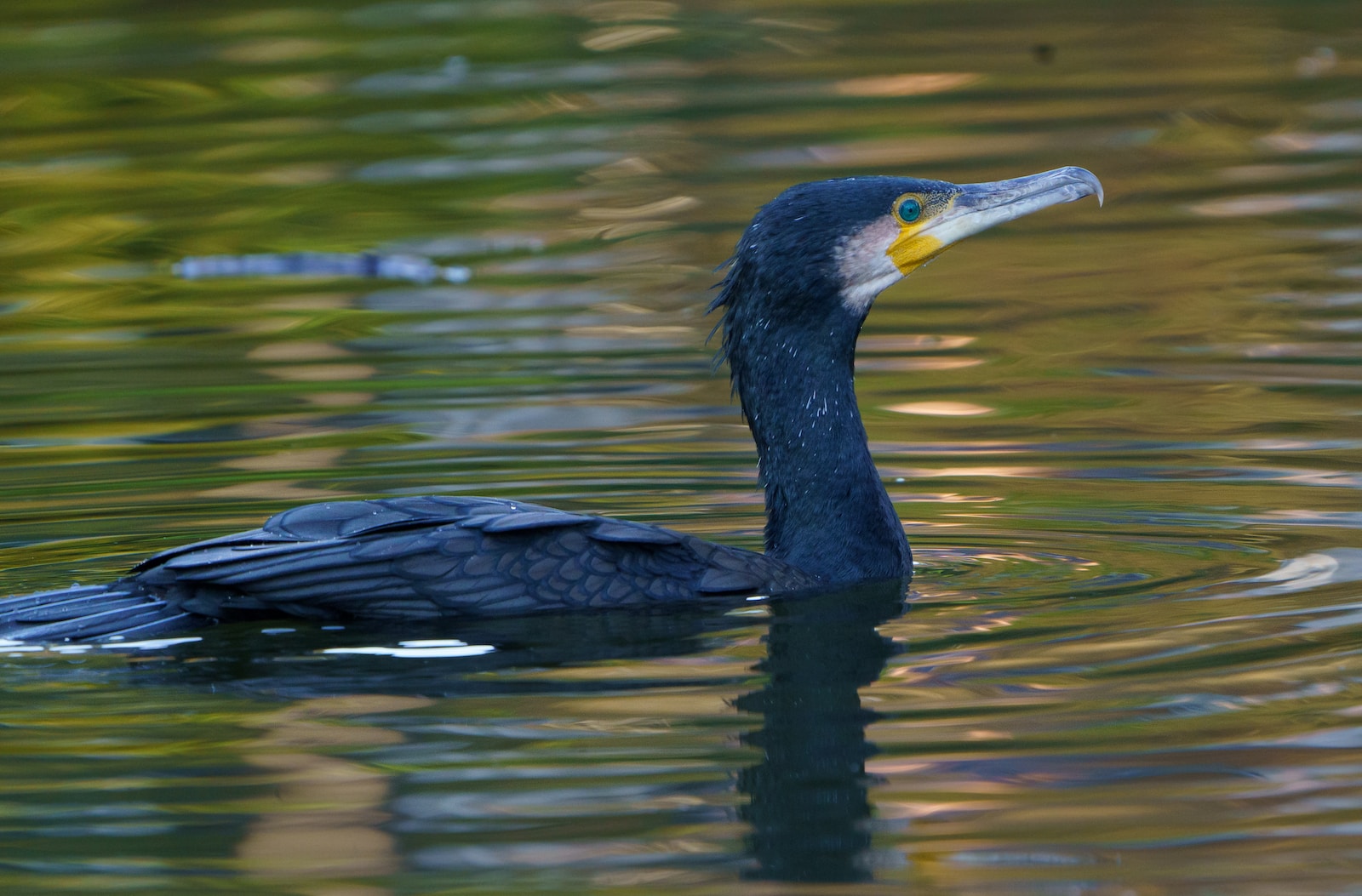Toronto Islands has a cormorant problem. What’s being done to address it
Posted October 4, 2023 11:19 pm.
Last Updated October 4, 2023 11:27 pm.
It’s become an increasingly common sight along the Toronto Islands: green trees and, suddenly, a patch of what looks like silver to the untrained eye.
But it’s not silver at all; it’s bird poop and a lot of it courtesy of double-crested cormorants, a species of bird that the Toronto and Region Conservation Authority (TRCA) said is native to the islands and was even close to extinction at one point.
“With cormorants, they have specific feces, and so all of their excrements, as it accumulates in their nesting areas, it ultimately starts killing the trees,” said Andrea Chreston of the TRCA.
“While the feces don’t directly harm people, they have a pretty pungent odour. Cormorants also have a primarily fish-based diet and often regurgitate their food within the nesting colonies.”
Chreston said it becomes increasingly problematic when the feces and regurgitated fish are blended into the humid conditions of Toronto’s hot and humid weather.
“It begins heating up, and that is when we get really distinctive scents coming from the cormorant colony.”
Work being done to safely clear cormorant colony
The TRCA said the Toronto Islands are ecologically sensitive, and the cormorant colony made its way over to the islands from their sanctuary at Tommy Thompson Park.
Now, the goal is to try and get the birds to leave the area safely with non-lethal methods, such as noise or visual disruptions.
“Make it really unappealing for them to nest in that spot,” Chreston said.
Gail Fraser, a professor at York University, studies waterbird ecology. She says that while non-lethal methods can work, patience is a virtue.
“Non-lethal mitigation does work. It just takes some time. It’s going to be some time,” Fraser said. “It’s my understanding that they managed to disperse and lower the density of nests on the Toronto Islands, and that’s a good thing for the trees.”
Lisa Wright with Harbourfront Canoe and Kayak Centre, which operates between the Toronto Islands and the harbourfront. She said that the presence of cormorants is often overwhelming for many.
“They do overpower the sections of the island. You’ll see cormorants, cormorants, cormorants. Then you’ll see what used to be beautiful trees are now white,” Wright said. “We have such a lovely set of islands with so much wildlife, and that excrement will have such a big impact.”
The TRCA released numbers showing that they were able to reduce cormorant nesting on the island by 46 per cent compared to 2022, but warn that the process will likely take years.









